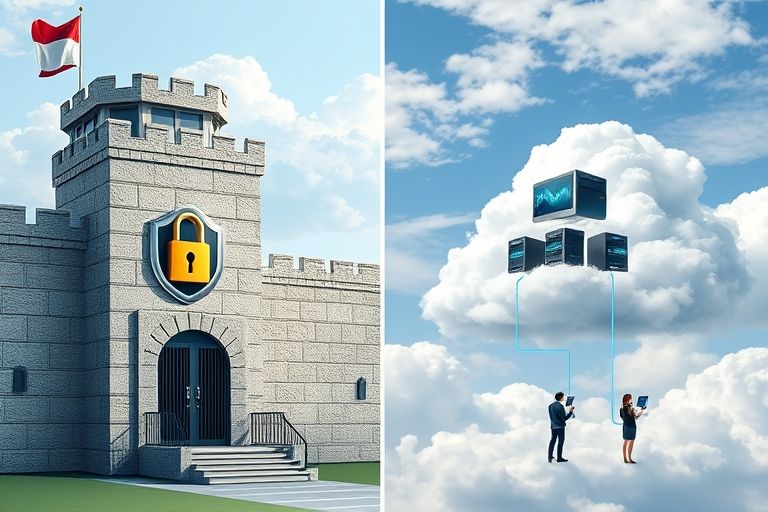
As technology continues to advance, businesses are increasingly relying on cloud-based solutions to store and manage sensitive data. However, this shift towards cloud computing raises concerns about security. Many businesses are hesitant to adopt cloud solutions because they fear that their data will be vulnerable to cyber-attacks. In this article, we'll explore the differences between cloud security and traditional security measures, and provide some tips for ensuring your data is protected.
Cloud security refers to the measures taken to protect data that is stored in the cloud. This includes both public and private cloud solutions, such as Software as a Service (SaaS), Platform as a Service (PaaS), and Infrastructure as a Service (IaaS).
Cloud security is typically managed by the cloud service provider, who is responsible for maintaining the security of the underlying infrastructure and ensuring that their customers' data is protected. This includes implementing access controls, monitoring for security breaches, and implementing encryption to protect data in transit and at rest.
Traditional security measures refer to the security protocols that businesses have traditionally used to protect their data. This includes measures such as firewalls, antivirus software, and intrusion detection systems.
Unlike cloud security, traditional security measures are typically managed in-house by the business itself. This means that the business is responsible for implementing and maintaining the security protocols, and ensuring that they are up-to-date and effective.
Both cloud security and traditional security measures have their own advantages and disadvantages. Cloud security offers the advantage of being managed by a dedicated team of security experts, who are responsible for ensuring that the data is protected from cyber-attacks. Additionally, cloud solutions can often be more cost-effective than traditional security measures, as they eliminate the need for businesses to invest in expensive hardware and software.
On the other hand, traditional security measures offer businesses more control over their security protocols. By managing their own security, businesses can ensure that their security measures are tailored to their specific needs and requirements. Additionally, traditional security measures can be more effective at protecting against certain types of cyber-attacks, such as phishing and social engineering attacks.
Ultimately, the decision to use cloud security or traditional security measures will depend on your specific business needs and requirements. However, by choosing a reputable cloud service provider and implementing strong security protocols, you can ensure that your data is protected from cyber-attacks.